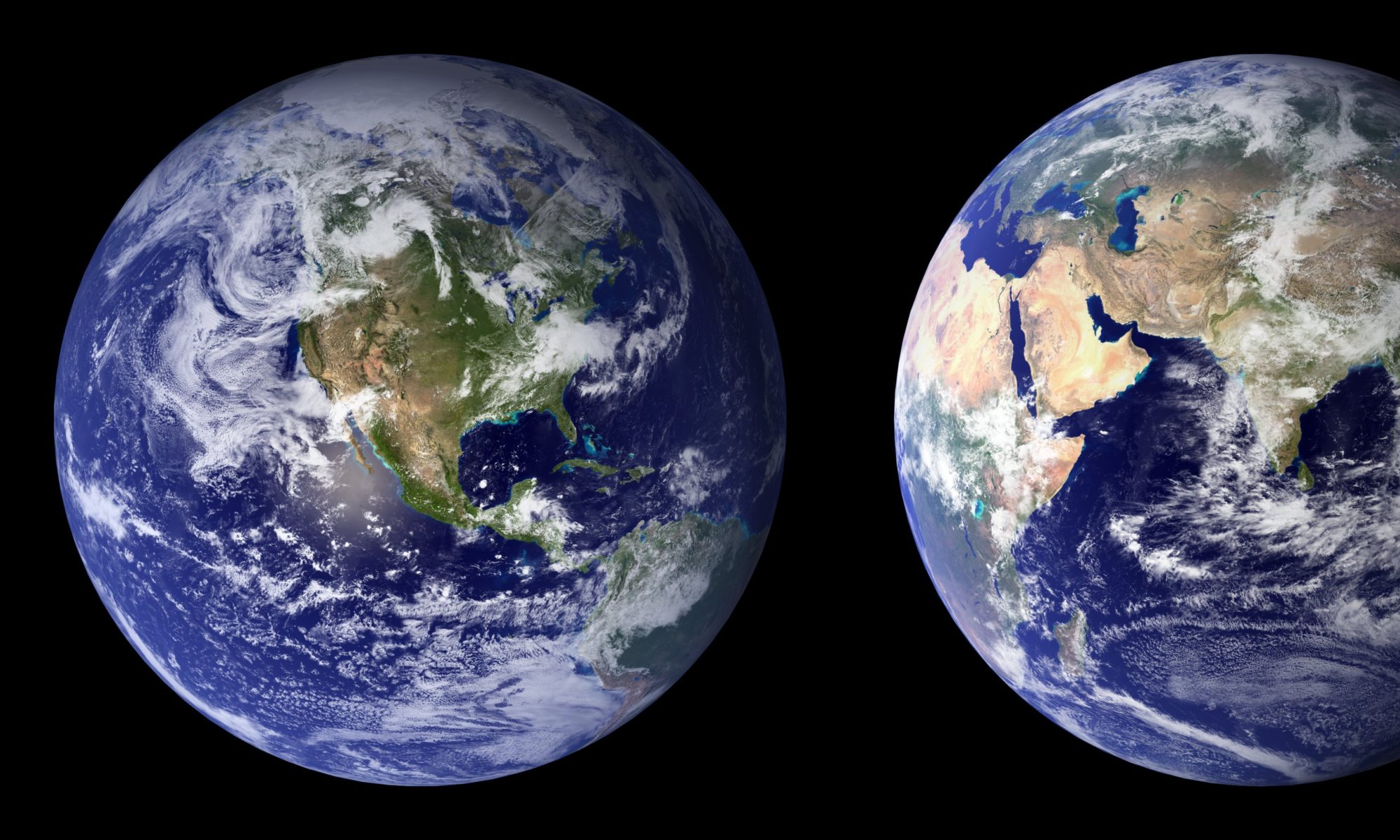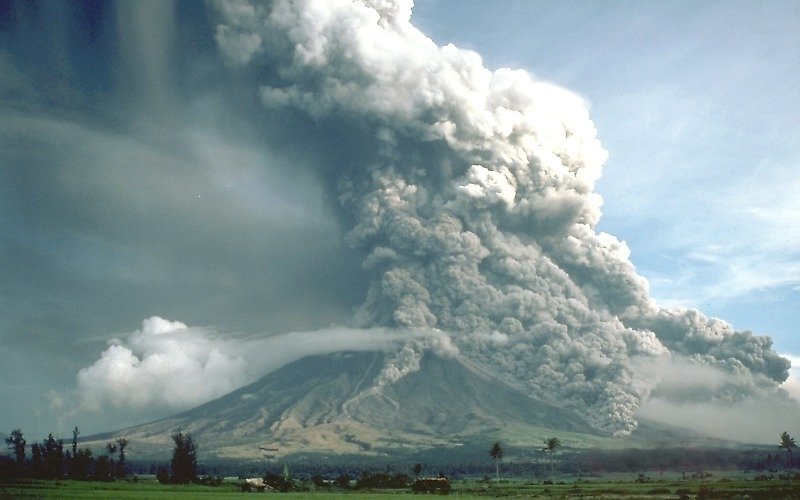While most of us can intuitively understand the relationship between a hotter planet and more intense tropical storms, droughts, forest fires and glacial melting, some of the effects of a hot, high carbon atmosphere are less tangible. A cursory glance at the geological record reveals that it doesn’t take much to upset the fine balance of processes that drive the climate, and the slightest shift can have a domino effect resulting in bizarre consequences that seem totally unrelated to the original cause. Here we look at four of the more unusual effects of anthropogenic climate change on the planet.
4. ‘Junk Food’ Fruit and Veg

Although a high carbon atmosphere benefits plant growth, the net effect on global agriculture may not be positive. Not only have elevated atmospheric carbon concentrations been shown to reduce the nutritional value of many of the world’s food stuffs, but it also alters the entire chemical composition in the leaves, stems, roots, fruits and tubers of many plants. This chemical shift reduces mineral content by about 8%, including the vital minerals of iron and zinc ( dietary deficiencies of which already claim 63 million lives a year), and produces a significant increase in the ratio of starch and sugars to protein. In other words, fruit and veg will become increasingly carbohydrate-rich at the expense of almost everything else. Good news for your sweet tooth but bad news for obesity figures in wealthy countries and malnutrition in poor countries.
And none of this takes into account the shift in seasonality and increasingly erratic weather patterns that a warmer global climate brings. Other studies have shown that warmer weather encourages plants to flower earlier, leading to changes in the quality and timing of fruit harvests. For colder, more temperate regions this could have a positive effect on agriculture but globally this is likely to be offset by the damaging effects of heatwaves, droughts and flooding.
3. Higher risk of Volcanic Eruptions
‘Ridiculous climate alarmists say climate change causes volcanic eruptions’ may sound like a dream headline for Breitbart or the Daily Mail, but there is genuine science behind it and it’s not nearly as silly as it sounds.
Contrary to popular belief, the rock below earth’s crust is not all molten magma. In fact, most of the Mantle actually has a consistency closer to warm toffee (although obviously much hotter). In order for volcanism to occur, this rock must melt. Whether a rock melts or not is determined by temperature, pressure and the rock’s chemical composition.
Now all of these factors are important, but the important one in this instance is pressure. The deeper into the earth you go, the greater the pressure and this makes it harder for rock to melt. If rock moves rapidly towards the surface, it depressurises quickly and melts. This process is known as adiabatic melting and accounts for a lot of volcanism (e.g. at mid-ocean ridges). But any decrease in pressure can also encourage melting if the conditions are right.
So what does this have to do with climate change?
The answer lies in glaciers. Glaciers hold millions of cubic kilometres of ice, the weight of which exerts high pressure on the ground below. Indeed, glaciers often cause a depression in the crust and if they melt the crust ‘rebounds’, rising up as the pressure decreases. While rebound cannot cause volcanism, if a glacier lies in an already volcanic region, it can affect how much rock melts below the surface.
Indeed, a recent study on Iceland’s largest glacier revealed that as rising temperatures cause it to retreat, the crust rises by about 25mm a year. Since Iceland is effectively a massive network of volcanoes, this reduction in pressure has a measurable effect on magma production with scientists calculating that glacial melting is causing magma production to increase by about 0.014km3 per year (That’s 14 million cubic metres of extra magma). Needless to say, this could make eruptions more likely.

